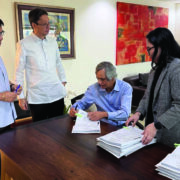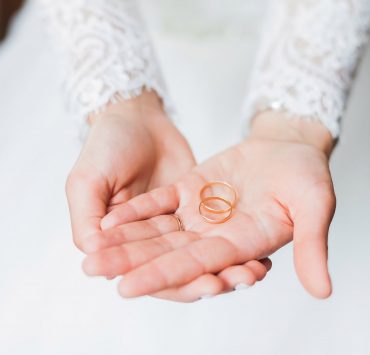BFAR: Don’t eat fish from oil spill areas

The Bureau of Fisheries and Aquatic Resources (BFAR) advised the public to refrain from consuming fish caught from areas affected by an oil spill from Bataan province as they are considered unfit for human consumption.
“This is to avoid incidents of food poisoning as a result of ingesting contaminated seafood,” BFAR said in its latest bulletin issued on Thursday afternoon.
BFAR said results from the sensory evaluation showed fish samples collected from the towns of Noveleta and Rosario in Cavite province have “some degree of tainting with petrochemicals.”
Fish samples gathered from Cavite City as well as the towns of Tanza and Naic remain free from petrochemical contamination.
Continuous sampling
BFAR said continuous fish sampling is ongoing in affected areas in Central Luzon, Calabarzon (Cavite, Laguna, Batangas, Rizal, Quezon) and the National Capital Region for traces of oil and grease.
It is also conducting laboratory testing for the presence of harmful substances like polycyclic aromatic hydrocarbons (PAH) in fishes and other seafoods in these areas.
The local government of Bataan has imposed a fishing ban in Limay while Cavite has been placed under a “no-catch” zone for all types of shellfish.
“As of this writing, monitoring of catch landings and market inspection are being conducted,” BFAR said.
It also said ground validation is ongoing across affected areas, simultaneous with the validation of affected fisherfolk to ensure accurate documentation and provide support to affected communities.
The Department of Agriculture (DA) said BFAR is currently assessing damaged areas to determine the assistance to be provided to affected fisherfolk.
Fuel vouchers
“For now we can only give fuel vouchers so fishermen can go to nearby fishing grounds. I also asked BFAR to coordinate with DSWD (Department of Social Welfare and Development) so the agency can also give food packs to affected fisherfolk,” Agriculture Secretary Francisco Tiu Laurel Jr. said in a statement.
The DA also said BFAR is providing dispersants to help treat the oil that leaked from MT Terranova, which was carrying 1.4 million liters of industrial fuel when it capsized and sank en route to Iloilo province.
5,500 liters of diesel
Meanwhile, the siphoning of the 5,500 liters of diesel oil from motor tanker (MTKR) Jason Bradley, one of the three vessels that sank off the waters of Bataan province, began on Friday, according to the Philippine Coast Guard (PCG).
The fuel tanker sank in shallow waters off Mariveles town on July 26, a day after the sinking of MT Terranova.
PCG said the BRP Malapascua was deployed in the vicinity waters of Barangay Cabcaben, where Jason Bradley sank, to monitor the waters and utilize oil dispersants.
The motor tanker sank nine meters deep off Barangay Cabcaben, half a kilometer from the shore, during the onslaught of typhoon Carina.
The siphoning of the oil from sunken cargo of the Terranova was postponed to at least two weeks as the initial capping bags placed on the valves of the motor tanker would be replaced with metal caps to avoid a “disastrous oil spill.”
The local oil tanker, owned by Shogun Ships Co. Inc., sank on July 25 in rough waters about 7 kilometers east of Limay town in Bataan province, leaving one of the 17 crew dead.
Manual scooping
On Thursday, PCG personnel started manually scooping the spilled oil from the MV Mirola 1 and transferring it to large drums to be taken to a waste-disposal facility.
In a statement on Friday, the Office of the Civil Defense in the Calabarzon Region said about 352,000 people in the coastal barangays in Cavite have been affected by the oil spills with lost income amounting to nearly P18 million. —WITH A REPORT FROM NESTOR CORRALES

















